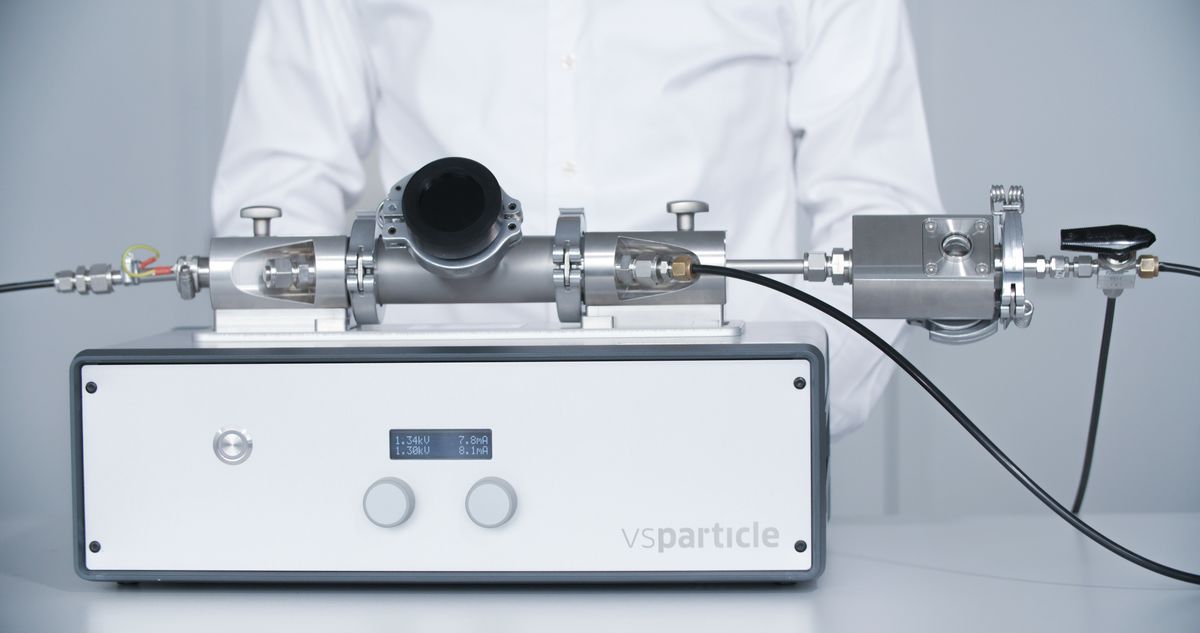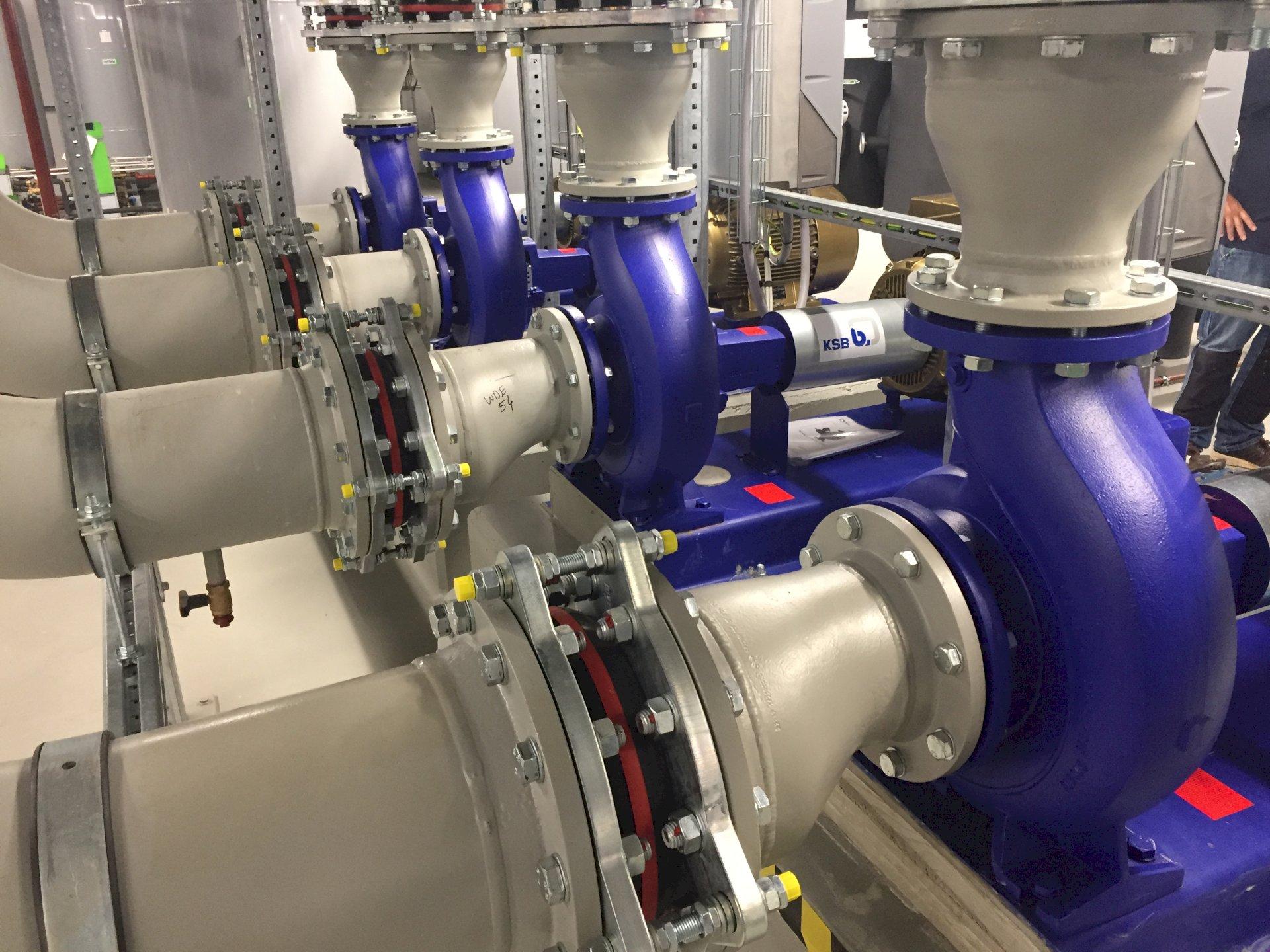 Door: FHI, Federatie van Technologie Branches
Door: FHI, Federatie van Technologie Branches High tech devices constantly need new materials. VSParticle, a Dutch startup from TU Delft, developed a �nano printer� which is able to generate pure nanoparticles. Co-founder and CEO Aaike van Vugt will be speaking at the international MicroNano conference 2019 about the benefits of this technology.
By: Dimitri Reijerman
Van Vugt explains the mission of his company: �We are a technology supplier, a bit like ASML from The Netherlands. ASML delivers photolithography machines to companies like Intel. And Intel is making chips with these advanced machines. We at VSParticle offer devices to both the scientific community and the industry. With our devices customers can develop new materials much faster. These materials are needed in innovating products like solar panels, sensors and other electronics.�
He continues the analogy with ASML: �We apply the same precision ASML uses in the production of chips. If we take the same rapid and powerful developments like we�ve seen in the production of semiconductors, then you have an idea what our technology could mean for all the other components in your mobile phone.�
The current method for developing new materials is hard according to the VSParticle CEO. He explains: �Before those new materials can be developed, you need the right tools. Right now developing brand new materials is a very slow process. Research can take months or even years. With our printer the process is much faster and completely automated. Within half an hour a new material is available for the researcher.�
He explains further: "Usually, materials discovery encompasses several stages summarised as conception, synthesis, and testing or characterisation.� Testing means the measurement of key and specific properties of the material which then will be incorporated into devices to evaluate performance metrics and also interactions with other device components. Up until now this process has been carried out sequentially and therefore only a few materials can be tested at a time."
Van Vugt says his machines are plug-and-play: �New materials arise from the process of combining other materials. When you start making gold particles smaller and smaller, and you enter the area of nanometers, the properties of gold changes because of quantum physics. Very small gold particles react easily with others, up until 20.000 particles, while a normal piece of gold doesn�t react.�
�So the size of these particles is important, as well as the elemental compositions. With all the elementary materials available, there are many new nanoparticles to develop which each have new properties. These clusters have properties like melting temperature and electrical conductivity.�
A bright future
The future is bright for VSParticle, says Van Vugt: �VSParticle exists for 5 years now and we deliver our products all around the world. But many researchers are not aware there is an alternative to the current time consuming processes. Especially PhD�s are very happy with their devices after they have done research for years in the lab, often without results.�
And the market might grow for VSParticle: �We expect serious scientific publications from scientific researchers who have used our devices. And we hope to become the standard in all research fields concerning the development of new materials. Meanwhile we started working with the industry to develop these same automated processes for mass production of new materials. And because we also work in the research field, we are able to translate these results to an industrial level. With these initiatives we hope to achieve a big boost in the development of brand new high tech production.�
At the international MicroNano Conference, Van Vugt will have a clear message for the audience: �I want to tell them there is a scalable revolution going on, with brand new and fully automated production techniques. And this technology will enable them to take full advantage of the potentials from these materials.�
VSParticle is a proud member of MinacNed. The dutch micro-nano association for startups & SME�s.



